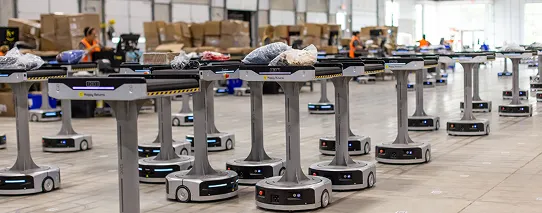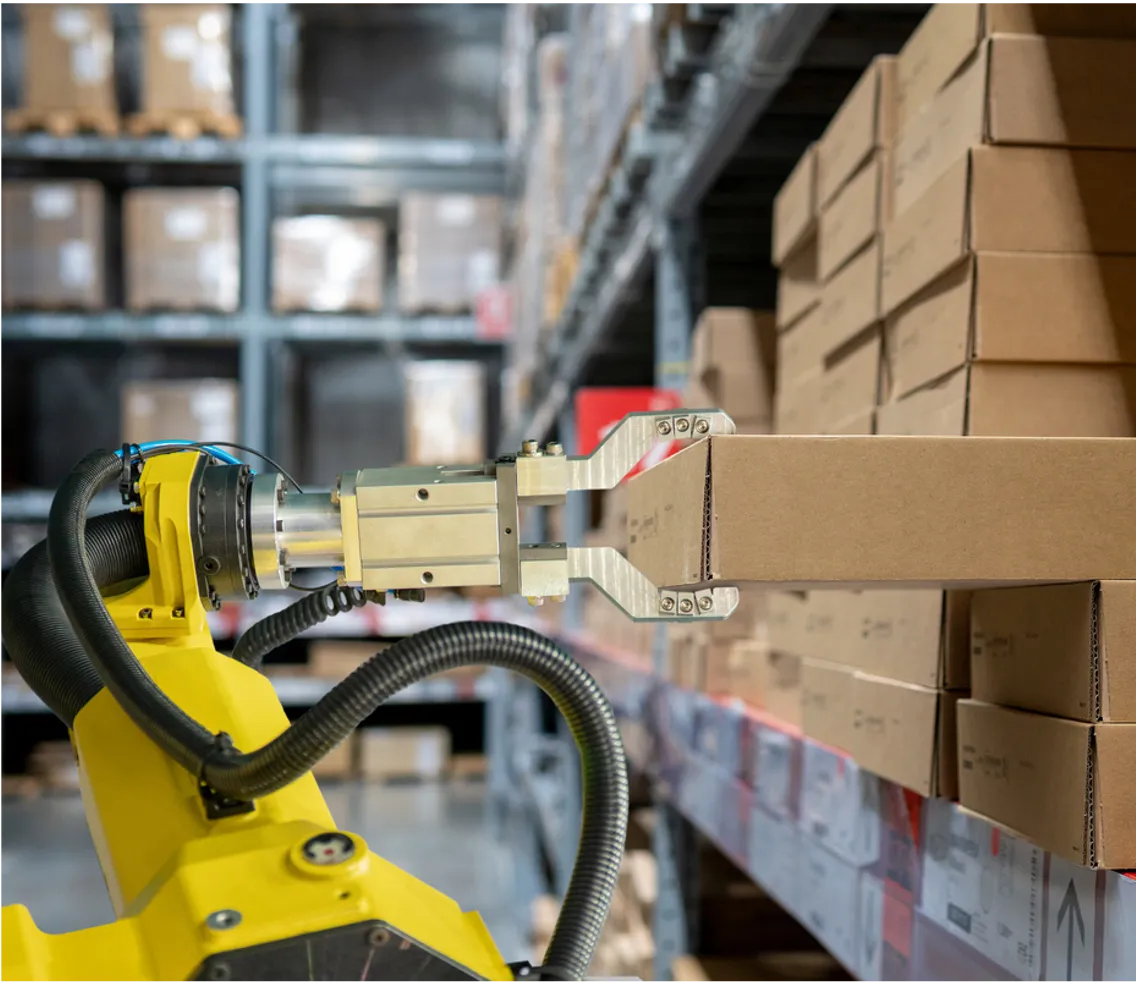Are You Falling into the Same-Type Racking Trap?
A common yet costly mistake in warehouse management is deploying a one-size-fits-all approach to racking and storage systems. Many customers default to using the same racking type and dimensions throughout their warehouse, regardless of variation in product. This uniformity, while initially simple and cost-effective, often leads to inefficient space utilization, workflow bottlenecks, and operational delays—especially as inventory diversity increases.
To address these challenges, a hybrid racking strategy that aligns storage solutions with product characteristics offers a scalable, efficient, and future-proof alternative.
The Problem: A Uniform Approach in a Diverse Environment
Warehouses are dynamic environments, and rarely do all products share the same size, weight, handling requirements, or turnover rate. Yet, many facilities rely on a singular racking system throughout their warehouse. While this approach may be suitable for homogenous inventory, it quickly becomes problematic when applied to varied SKUs.
The result is wasted vertical and horizontal space, delayed picking and replenishment cycles, as well as increased labor inefficiencies.
Best Practices: Implementing a Tailored Storage Strategy
To truly optimize storage, warehouse operations must consider a tailored approach—leveraging a mix of racking systems to accommodate different product types and usage patterns. A system that not only maximizes available space but also improves access, flow, and inventory control.
A one-size-fits-all approach to racking and storage systems often leads to inefficient space utilization, workflow bottlenecks, and operational delays.
A Myriad of Storage Solutions:
- Selective Pallet Racking
- Very Narrow Aisle Pallet Racking
- Double Deep Pallet Racking
- Gravity Flow Pallet Racking
- Multi-Tier Racks
- Shelving or Wire Racks
- Cantilever Racks
- Push-Back
- Drive-In Racks
- Drive Through Racks
- Carton Flow Racks
This combination system can be adapted and scaled as inventory profiles shift over time.
Inventory and Operational Analysis
The first step in implementing a new racking system in your warehouse is to conduct a thorough analysis of the existing inventory. This assessment should encompass product dimensions and weight, SKU diversity, turnover rates, and any requirements for temperature-controlled storage.
Following the inventory analysis, a detailed evaluation of current picking methodologies—such as piece picking, pallet picking, and case picking—is conducted to assess operational efficiency. In parallel, storage density and accessibility requirements are analyzed to identify the most suitable racking solutions for your facility. For operations requiring high-density storage, systems such as drive-in racking, pallet flow racking, or push-back racking may be ideal. Conversely, when accessibility is a priority, selective pallet racking, shelving systems, or specialized solutions (such as cantilever racks for storing long items like pipes or lumber) may offer greater operational advantages. Additionally, physical constraints within the facility are evaluated, including fixed and non-fixed obstacles such as ceiling heights, column spacing, and door locations.
Lastly, consider the potential for integrating advanced technology and automation solutions within your operation. These solutions may include Automated Storage and Retrieval Systems (AS/RS), Autonomous Mobile Robots (AMRs) with dynamic shelving capabilities, vertical lift modules, carousel systems, and other emerging technologies.
Conclusion: Aligning Storage Systems with Inventory Complexity
Uniform racking systems may serve well in highly standardized environments, but as product diversity and throughput complexity grow, they become a hindrance rather than a help. Implementing a hybrid storage strategy tailored to your specific product mix can lead to:
- Improved space utilization
- Faster and more accurate order fulfillment
- Reduced labor costs
- Enhanced inventory visibility and control
To fully capitalize on these benefits, organizations are encouraged to engage experienced warehouse engineers to conduct a comprehensive operational analysis. By assessing inventory profiles, SKU velocity, material flow patterns, and existing storage limitations, businesses can implement a customized racking strategy that enhances productivity and delivers measurable, year-over-year cost savings.
Next Steps
If your facility is facing storage limitations or experiencing operational inefficiencies, now is the ideal time to re-evaluate your warehouse layout. A strategically designed racking solution may be the key to unlocking greater efficiency, scalability, and long-term performance gains.
Uniform racking systems may serve well in highly standardized environments, but as product diversity grows, they become a hindrance rather than a help.
About the Author

Victor Zarubick
UPS Customer Solutions | Engineering Manager
With over three decades of experience spanning industrial engineering, warehouse operations and supply chain design Victor leverages his vast UPS knowledge and experience to deliver meaningful results for customers. Driven by a passion for efficiency, problem-solving, and collaborative partnerships, he thrives on working with business leaders to explore the depths of their operations and uncover hidden opportunities.
 Customer
Customer 




